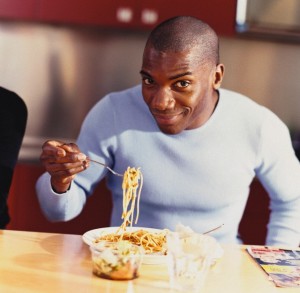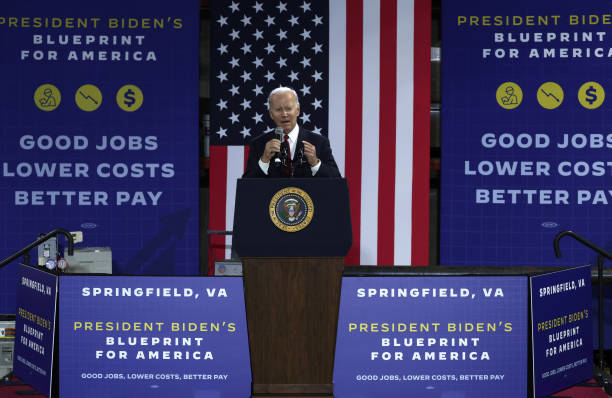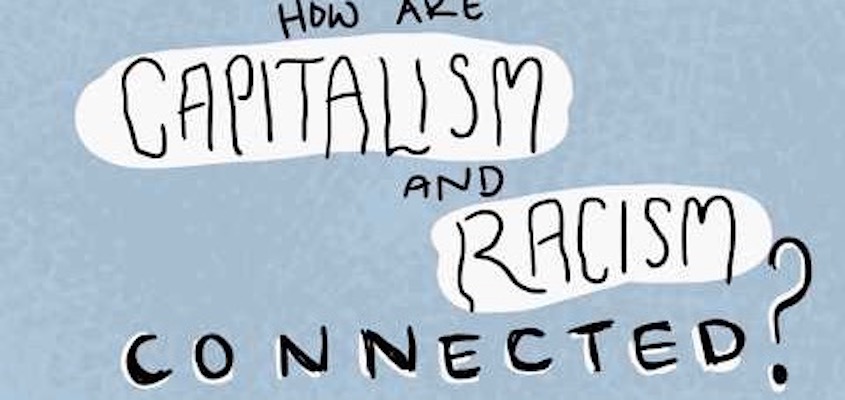(ThyBlackMan.com) You want to shed some pounds, and immediately your personal list of no-no’s grows. No bread or potatoes–too many carbs. No chocolate–too fattening. Sound familiar? Well you can throw all those rules out the window. Here’s how your favorite foods can actually help you lose.
Diets Don’t Have to Be So Strict
In fact, forbidding certain foods can backfire. Thanks to fad diets that aren’t based in solid science, people avoid foods that would help them control overeating or fight belly fat and ultimately lose weight. Worse still, having an off-limits list is like stuffing your cravings into a plastic bag. Eventually it’s going to burst open, unleashing all your food urges at once, which leads to bingeing. The real key to weight loss is to watch portions and choose quality, nutrient-rich foods. 
Bread
Slim-Down Effect
Contains carbohydrates, which boost brain chemicals that curb overeating
Bread is an excellent source of carbs, which your brain needs to produce serotonin, a neurotransmitter that promotes feelings of comfort and satisfaction. As your body digests carbohydrates, it releases insulin, which helps channel tryptophan–an amino acid–into the brain. Tryptophan then gets converted to serotonin. When serotonin levels are optimal, you feel calm and happy and have fewer cravings; when they’re low, you feel depressed and irritable, making you more likely to overeat.
Pasta
Slim-Down Effect
A high fluid content keeps you satisfied longer
Cooked pasta and rice are about 70% water–and eating fluid-rich foods keeps you fuller longer, compared with dry foods, according to research from the British Nutrition Foundation. Like bread, the carbs in pasta boost serotonin to help curb overeating. The proper portion of pasta is ½ cup cooked, or about the size of an ice-cream scoop.
Choose whole grain varieties for filling fiber, and add grilled chicken and lots of veggies to bulk up your dish even more.
Potatoes
Slim-Down Effect
Form resistant starch, a fiber that burns fat
These veggies may be one of our most misunderstood foods. Fried or doused in sour cream, they’re not going to help you lose weight. But when boiled or baked, a potato’s starch absorbs water and swells. Once chilled, portions of the starch crystallize into a form that resists digestion–resistant starch. Unlike other types of fiber, resistant starch gets fermented in the large intestine, creating fatty acids that may block the body’s ability to burn carbohydrates. In their place, you burn fat.
A healthy potato serving is about the size of a fist.
Peanut Butter
Slim-Down Effect
Rich in healthy fats that help banish belly flab
Studies show that diets high in mono-unsaturated fatty acids (abundant in peanut butter and nuts) prevent accumulation of fat around the midsection, boost calorie burn, and promote weight loss. In fact, women who eat one serving of nuts or peanut butter 2 or more times a week gain fewer pounds than women who rarely eat them, according to recent research from the Harvard School of Public Health. One reason: A snack that includes peanut butter helps you stay full for up to 2 ½ hours, compared with 30 minutes for a carb-only snack such as a rice cake, finds research from Purdue University. (Carbohydrates satisfy a craving, while nuts keep you feeling full.)
Peanut butter and nuts are high in calories, so stick with a 2-tablespoon portion–about the size of a golf ball.
Cheese
Slim-Down Effect
Great source of calcium, which burns calories and fat
At about 100 calories and 5 g of fat per ounce, cheese usually tops the no-no list, but its calcium improves your ability to burn calories and fat, according to a recent research review. Not getting enough of this mineral may trigger the release of calcitriol, a hormone that causes the body to store fat. Scientists at the University of Tennessee found that people on a reduced-calorie diet who included an extra 300 to 400 mg of calcium a day lost significantly more weight than those who ate the same number of calories but with less calcium. Scientists aren’t exactly sure why, but eating calcium-rich foods is more effective than taking calcium supplements–and cheese has about 200 mg per ounce.
Just stick to 2-ounce portions, and choose light varieties to get health benefits for half the calories.
Dark Chocolate
Slim-Down Effect
Satisfies a common craving to prevent bingeing
Up to 97% of women experience cravings, and chocolate is the most common and “intensely” craved food, according to a recent study. Having an occasional small serving of a favorite treat is better than depriving yourself, which may lead to a binge. In fact, people who tried to not think about chocolate ate two-thirds more of it than people who were told to talk about it freely, according to British research.
Dark varieties are more satisfying than milk chocolate, say scientists at the University of Copenhagen, but measure your portion, and be mindful when you eat. Slowly savoring one or two squares of a high-quality dark chocolate bar will satisfy a craving more than wolfing down M&M’s in front of the TV.
Fruit
Slim-Down Effect
Soothes a sweet tooth naturally for few calories
Some dieters skip this low-calorie fare when they start watching the scale, thanks to once-popular diets that eliminated fruit in their most restrictive phases. But new research published in the journal Obesity Reviews looked at 16 different studies and found overwhelmingly that eating fruit is associated with weighing less. In one study from Brazil, women who added three small apples to their regular meals and snacks lost 2 pounds in 10 weeks without dieting. Although fruit does contain the natural sugar fructose, it doesn’t raise blood sugar levels like table sugar does; plus, it’s high in water and filling fiber and low in calories.
Aim to have three servings of fresh fruit daily–but skip the high-calorie juice. Great picks (with average calories per cup): fresh melon (50), grapes (60), berries (70), and citrus fruits (75).
Written By Karissa Lang




















Leave a Reply